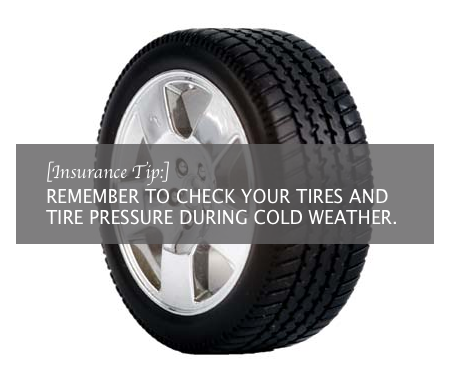SANDVIK INSURANCE AGENCY
WINTER SPORTS SAFETY TIPS
It’s 25 degrees outside and last night’s snowfall left the perfect amount of fresh powder on the ground. These weather conditions are winter sports enthusiasts’ paradise! While it’s easy to get caught up in the excitement and adrenaline rush, don’t leave safety behind as you head out the door. According to the National Safety Council, in 2012 more than 65,000 individuals were injured while participating in winter sports (snowmobiling, snowboarding and ice skating) and required treatment in emergency rooms from injuries like frostbite, concussions and broken bones.
Here are just a few helpful tips to keep you safe while enjoying your next winter activity.
Sledding
- Children, teens and adults should wear a well-fitted multi-sport helmet, just like you would for biking and skateboarding
- Sit up face-forward and never slide down a hill face first
- A safe sledding hill should never lead to a road, body of water, grove of trees or into a crowd of people
- Inspect sleds regularly to make sure they are not worn or damaged
Snowmobiles
- Children under six should never ride a snowmobile and no one under the age of 16 should drive alone
- All drivers and passengers should wear a well-fitted helmet designed for snowmobiles, which can go up to 90 miles per hour. A bike helmet does not offer adequate protection
- The Department of Natural Resources offers a snowmobile safety class for youth, visit these link's below for more information
- Wisconsin: http://1.usa.gov/1dKQ56g
- Iowa: http://bit.ly/1wSOZne
- Minnesota: http://bit.ly/1ySf8hf
Skiing and Snowboarding
- Obtain proper equipment; be sure to have your ski or snowboard bindings adjusted correctly by a ski professional
- A study conducted by the National Ski Patrol states wearing a helmet may reduce risk of head injury by 35 to 50 percent
- Know the terrain and be aware of the surrounding skiers/snowboarders; snow conditions can change fast
- Wear a ski mask to protect your skin from wind and sunburn
Hockey and Ice Fishing
- Hockey players should wear a helmet, mouth guard along with knee pads and elbow, shoulder and shin protection that is properly fitted
- When ice fishing, know ice is seldom the same thickness over a single body of water; it can be two feet thick in one place and one inch thick a few yards away; check the ice at least every 150 feet; If the ice is 2 inches or less STAY OFF
- Know how to react if you fall through the ice (stretch arms out wide and kick as if you were swimming; shout for help and try to crawl backward onto solid ice)
General
- Wearing a proper helmet is important but it should not encourage you to take more risks, know your limits
- Wear properly fitted winter sports gear; make sure helmets, boots, skis and skates are the correct size
- Dress in layers; clothes should be close fitting and water/wind resistant to avoid frostbite which is most common on the fingers, toes, ears, cheeks and chin
- Stay hydrated by drinking plenty of water and wear sun screen as the sun reflects of snow and is stronger than you think, even on cloudy days
- Never go out alone; if possible go in a group or at the very least, a partner, who can help if you fall and check you for signs of hypothermia
- Always lead by example
These tips should help you stay safe and allow you to still have fun while enjoying what you love doing with family and friends. What is your favorite winter sport? Tell us how you practice winter sports safety.








 RSS Feed
RSS Feed
